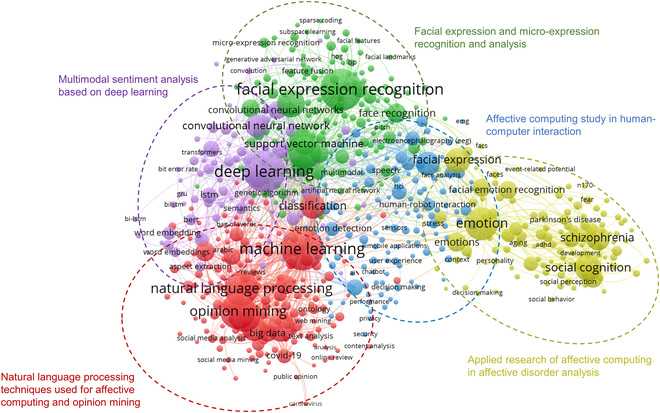
Affective computing is transforming the way machines understand and interact with human emotions, integrating computer science, psychology, and neuroscience. With advancements in emotion recognition, ethical practices, and immersive technologies, this field is set to revolutionize interactions across healthcare, customer service, and virtual reality. Credit: SciTechDaily.com
A comprehensive review covers both the progress made and future trends in the field of affective computing.
Imagine a world where your smartphone can detect your mood just by the way you type a message or the tone of your voice. Picture a car that adjusts its music playlist based on your stress levels during rush hour traffic. These scenarios are not just futuristic fantasies. They are glimpses into the rapidly evolving field of affective computing.
Affective computing is a multidisciplinary field integrating computer science, engineering, psychology, neuroscience, and other related disciplines. A new and comprehensive review on affective computing was recently published in the journal Intelligent Computing. It outlines recent advancements, challenges, and future trends.
The Scope and Application of Affective Computing
Affective computing enables machines to perceive, recognize, understand, and respond to human emotions. It has various applications across different sectors, such as education, healthcare, business services and the integration of science and art. Emotional intelligence plays a significant role in human-machine interactions, and affective computing has the potential to significantly enhance these interactions.
According to the review, research in this field covers five main aspects: basic theory of emotion, collection of emotional signals, sentiment analysis, multimodal fusion, and generation and expression of emotions.
Research Methods and Growth
To improve the overall understanding of the theory, technical methods, and applications of affective computing, researchers performed a statistical analysis using a bibliometric method. Bibliometrics applies quantitative methods such as mathematics and statistics to the literature of a scientific or other field and processes statistical data based on information science theory.

The keywords assigned to papers by authors in the field of affective computing were analyzed for frequency and co-occurrence, and the core keywords among them were clustered to get five clusters. Credit: Guanxiong Pei et al.
According to the data collected in the bibliometric study, the number of articles published in the field of affective computing has grown considerably since 1997, with a steady increase in publications until 2009, followed by rapid growth from 2010 to 2019 due to advancements in deep learning. However, post-2019, the growth has plateaued, possibly due to a slowdown in deep learning innovation and the impact of the SciTechDaily